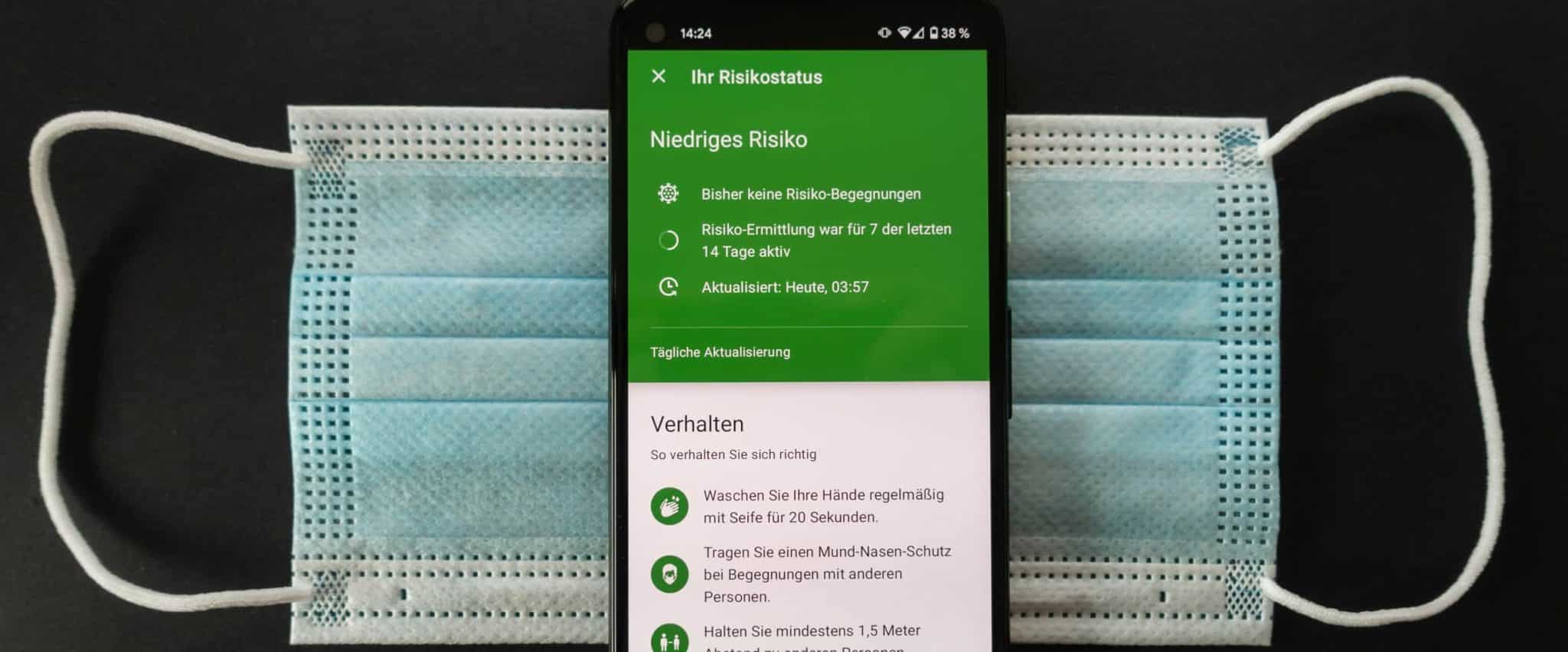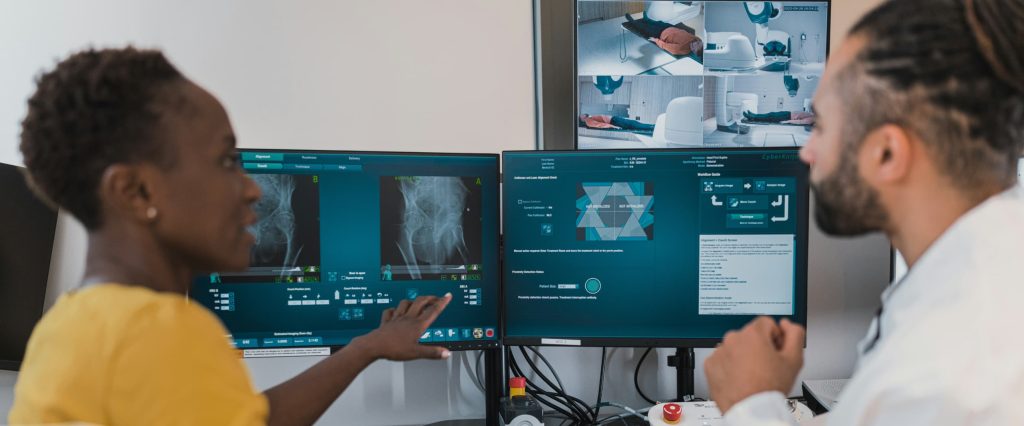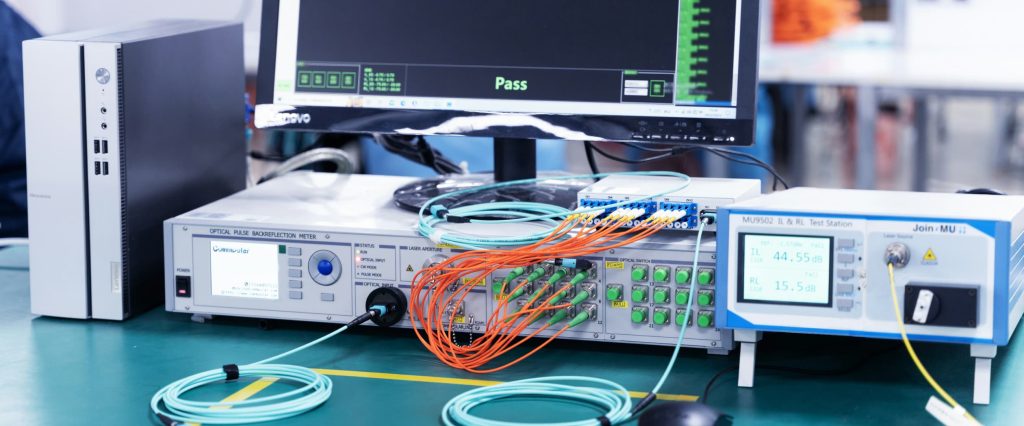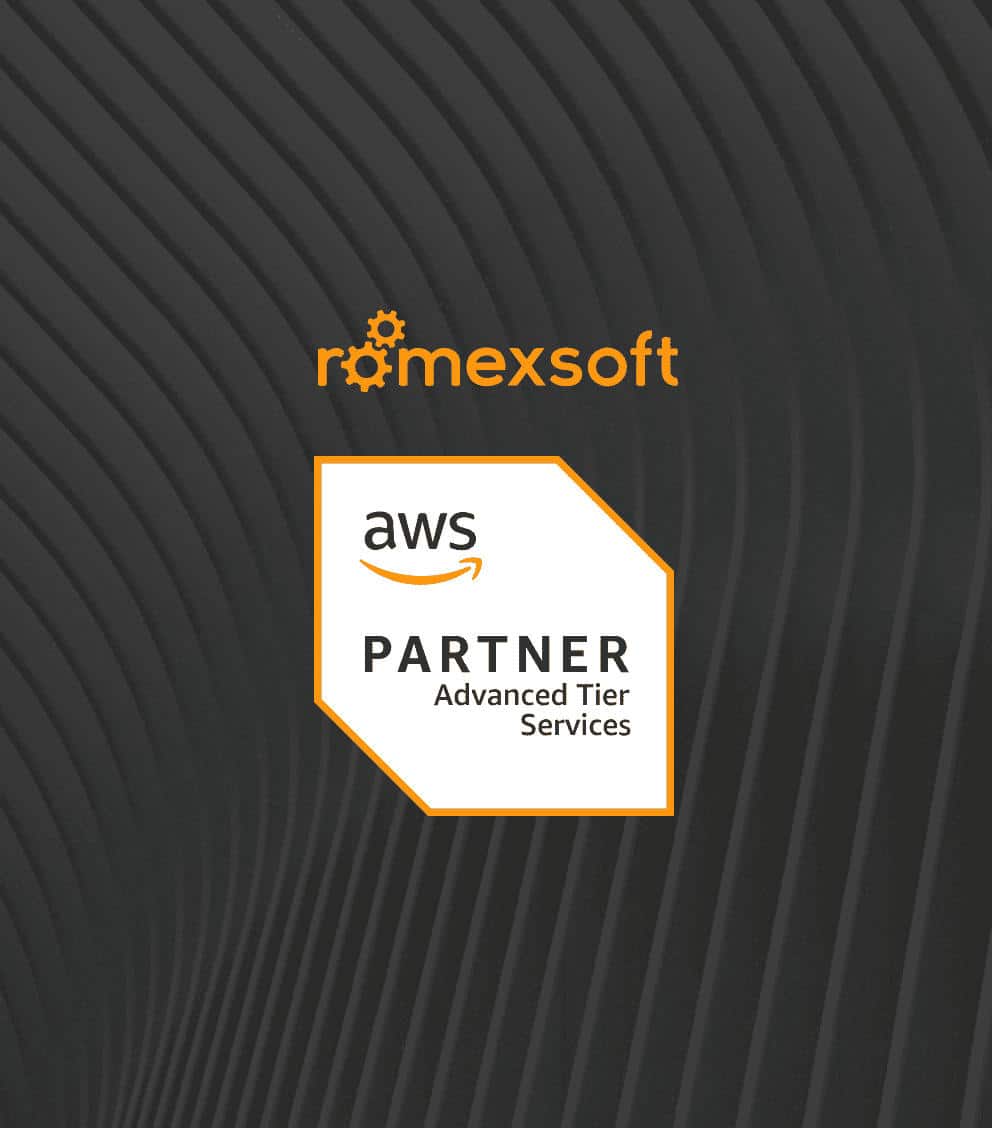FHIR vs HL7: Guide to Differences, Pros, and Use Cases in Healthcare
This article explores versions of HL7 standards along with their similarities and differences. In particular, it focuses on the differences between FHIR and HL7.
In addition, it explains why FHIR is the best option for modern solutions while highlighting the challenges of its implementation and reasoning behind using more outdated HL7 V2, HL7 V3, and CDA.
The blog highlights:
- definitions of HL7 and FHIR
- FHIR vs HL7 comparison
- which is the better option
- what are FHIR adoption challenges
- future of HL7 healthcare data standards

Table of Contents
The key to achieve security and interoperability in data exchange within the healthcare niche is implementing HL7 FHIR, a web-friendly resource-based healthcare data exchange standard. However, the majority of hospitals today rely on legacy HL7 versions.
HL7 is a family of healthcare data exchange standards, and FHIR is its latest iteration, adapted to the needs of modern applications. Like all legacy systems, older HL7 standards are becoming outdated fast as they cannot ensure sufficiently fast and secure data exchange. At this point, transition to FHIR is essential to improve the quality and accessibility of healthcare. However, it’s associated with multiple challenges that prevent the majority of healthcare businesses from making the necessary changes.
Table of Contents
What Is HL7?
HL7 stands for Health Level 7, an international-level standard governing the formatting and exchange of electronic health information. The main purpose of HL7 is to ensure that different service providers within the healthcare sector can exchange data and ‘communicate’ smoothly. In simple terms, HL7 provides common message structures and data elements for hospital EHRs, laboratory information systems (LIS), pharmacy software, and payment platforms.
Relying on HL7 allows healthcare businesses to reduce errors, improve care coordination across facilities, and minimize the need for manual re-entry of information. HL7 is used to manage administrative data, such as patient admissions, lab orders and results, medication lists, appointment schedules, and billing events.
HL7 is a complex set of standards that includes several core protocols governing various aspects of data exchange.
- HL7 Version 2.x (V2)
Governs real-time delimited text messages, for example, lab results or Admission, Discharge, Transfer (ADT) information. - HL7 Version 3 (V3)
Used to manage more complex, model-driven XML messages with richer semantics, such as immunization records, patient consent papers, clinical observations, and care plans. - Clinical Document Architecture (CDA)
This HL7 protocol is applied to XML templates for narrative clinical documents, including discharge summaries, progress notes, patient history, and physical reports. - Continuity of Care Document (CCD)
In essence, this is a CDA profile that contains a summary of the patient’s medical history and is used during care transitions between providers. - Structured Product Labeling (SPL)
This is the HL7 standard format for drug product information used when submitting this data to regulators, for example, the FDA. - HL7 Fast Healthcare Interoperability Resources (FHIR)
The newest standard for data management using web technologies (REST, JSON/XML) for app-based, API-driven data exchange in cloud-based and mobile solutions.
What Is FHIR?
FHIR stands for Fast Healthcare Interoperability Resources. It’s essential to understand that it is not separate from HL7 but is actually a modern standard for healthcare data exchange within the HL7 family. It’s designed for a digital, API-driven healthcare ecosystem. It presents a combination of HL7 standards with web technologies, such as RESTful APIs, JSON/XML payloads, and OAuth 2.0 security.
Implementing this version of HL7 allows for improving connectivity and reducing dependency on internal storage for disparate healthcare systems, like mobile apps, payer platforms, and EHRs. FHIR is based on a modular, resource-based architecture. The ‘resources’ in this case are reusable data models, for example, ‘Patient’, ‘Observation’, ‘Medication’, etc. It’s easy to link, retrieve, or update them to support administrative workflows in real-time. For instance, this process allows displaying a patient’s latest lab results in a mobile app and syncing these records with the healthcare provider’s system.
HL7 FHIR supports multiple interaction patterns for different use cases:
- RESTful APIs
The most common approach that enables real-time access using standard HTTP verbs (e.g., GET, DELETE, PUT). It’s best used for patient portals, point-of-care apps, and EHR mobile modules. - Messaging and Transactions
Used for asynchronous, event-driven communication and coordinated multi-step operations. Examples include lab results pushed from the LIS or order sets. - Bulk Data Export (Flat FHIR)
The approach is designed for population-level data extraction. It’s usually applied in analytics, ML (Machine Learning) pipelines, payer-provider data sharing, and research.
This HL7 standard plays an essential part in integrating security into healthcare solutions through SMART on FHIR. It’s a framework that layers OpenID Connect and OAuth 2.0 on FHIR endpoints. This allows users secure access to specific datasets based on their authorization level. For example, this can be used by third-party apps to authenticate users and request data while operating within the relevant privacy and regulatory requirements.
FHIR and HL7 (V2, V3, and CDA) Comparison
HL7 V2, HL7 V3, CDA, and FHIR are all standards developed by HL7 International. They differ in implementational needs, design, and eras of technology. It’s essential to understand the differences between HL7 versions to realize the most effective strategy when designing a modern healthcare interoperability and security infrastructure.
HL7 V2 vs FHIR
HL7 V2 is a standard that was first created in 1989 (version 2.1). Its widespread use began in the early 1990s, and it remains dominant in hospitals even today. Its purpose is to allow for real-time, event-driven data exchanges within hospitals, for example, for lab results, orders, etc. HL7 V2 uses message-based architecture with plain text and delimiters. It’s effective for hospital settings, as those still mainly run on legacy architecture. However, HL7 V2 is impractical and hard to maintain across implementations.
FHIR is a standard released in 2014, but it gained widespread traction after 2017-2018 with the rise of healthcare startups. It’s API-first, suited for web-based solutions, and uses RESTful principles and JSON/XML. It’s the ultimate HL7 standard for interoperability. In addition, it increases security through native OAuth 2.0 support and allows real-time access to clinical data. That’s why it’s best for mobile apps, cloud-based solutions, and modern EHR platforms.
Aspect | HL7 V2 | FHIR |
Data Format | Plain text with delimiters | JSON and XML |
Architecture | Event-driven messaging | Modular, resource-based RESTful APIs |
Developer Usability | Complex, requires specialized expertise | Web-friendly, easier to implement |
Semantic Consistency | Limited, varies by implementation | High, with standardized data models |
Security | Depends on external layers | Built-in support via OAuth 2.0 and SMART on FHIR |
Use Cases | Legacy systems and hospital infrastructure | Mobile apps, cloud systems, modern EHR integrations |
Extensibility | Rigid and implementation-specific | Flexible through profiles and extensions |
HL7 V3 vs FHIR
The development of HL7 V3 started back in the 1990s, but it was released only in 2003, and its adoption is still rather limited. HL7 V3 is mainly used by large healthcare IT projects led by governments. It’s far more complex than HL7 V2 and harder to implement. Its foundation is the Reference Information Model (RIM) used to ensure consistent semantics for healthcare workflows.
On the other hand, FHIR is easy to implement, which makes it far superior in terms of ensuring interoperability. It uses a modular and web-centric approach as opposed to object-oriented principles of the HL7 V3. It also uses modern formats (XML and JSON) and defined resources (modular data that represents entities, e.g., Patient, Observation, Medication).
Aspect | HL7 V3 | FHIR |
Data Format | XML | JSON and XML |
Architecture | Model-driven, based on Reference Information Model (RIM) | Modular, resource-based RESTful APIs |
Developer Usability | Complex, based on formal HL7 Development Framework (HDF) | Web-friendly, fast to implement, focused on practical usability |
Semantic Consistency | High, but difficult to apply due to rigid structure | High, with standardized and extensible resource definitions |
Security | Managed externally | Built-in OAuth 2.0 support and SMART on FHIR integration |
Use Cases | Broad healthcare workflows, often through CDA/C-CDA and XDS transactions | Mobile health, EHR integration, APIs, cloud-native applications |
Extensibility | Limited by rigid modeling | Flexible via extensions and implementation profiles |
HL7 CDA vs FHIR
The HL7 CDA standard was released in 2000 but became popular in about 2010 through Mindful Use and similar initiatives. It’s a subset of HL7 V3 but is simpler and more popular. It uses a standardized XML format for exchanging narrative clinical documents (for example, discharge summaries). The idea is to make the documents readable for both humans and machines. HL7 CDA has a rigid structure and serves best to ensure document integrity. Consolidated CDA or C-CDA is widely used in the US during transitions of care, archiving, and for legal purposes.
Meanwhile, FHIR focuses on the exchange of resources instead of whole documents. The data is exchanged through RESTful APIs. These allow for immediate access and easy integration.
Aspect | HL7 CDA | FHIR |
Data Format | XML only | JSON and XML |
Architecture | Document-based | Modular, resource-based RESTful APIs |
Developer Usability | Rigid, requires detailed XML structuring | Developer-friendly, supports modern web technologies |
Semantic Consistency | High, based on HL7 V3 RIM | High, with extensible and standardized resources |
Security | Depends on the transport layer | Built-in support via OAuth 2.0 and SMART on FHIR |
Use Cases | Full clinical document exchange (e.g., summaries, referrals) | Real-time data exchange, EHR integration, mobile/cloud apps |
Extensibility | Limited; constrained by predefined templates | Flexible via profiles and extensions |
Similarities Between HL7 and FHIR
As all of them are standards developed and maintained by HL7 International, there are quite a few similarities between all HL7 versions. These mostly relate to their purpose as opposed to the technical component, due to the extreme differences in technology. The most important HL7 similarities are:
- Common Stewardship
HL7 International develops and manages all HL7 standards. Consistent governance ensures that the standards have an aligned long-term roadmap. - Shared Mission
The purpose of all HL7 versions is to ensure secure, efficient, and accurate interoperability for the healthcare sector. - Broad Domain Coverage
All types of HL7 standards cover the same clinical and administrative domains, such as patients, encounters, labs, meds, procedures, and financial events. - Healthcare-Specific Design
Every version of HL7 standards includes privacy, consent, and vocabulary alignments (ICD-10, SNOMED CT, and LOINC) relevant for the healthcare sector. - Reusable and Extensible Building Blocks
Each of the HL7 standard variants allows for reuse and extension. Therefore, healthcare businesses that implement them can add data elements without breaking core compatibility.
FHIR vs HL7: Which Is Better?
While earlier HL7 versions are still widely used, FHIR is the recommended option for ensuring modern interoperability in healthcare businesses. It’s also the option that should be used when updating legacy systems.
FHIR Is Preferred for Modern Interoperability
As software has evolved greatly since the first HL7 versions were developed, there was a need for a more flexible option that is easier to implement in modern realities. FHIR uses a lightweight modular structure and resource-based approach. This makes it a better choice for easy implementation as opposed to non-XML HL7 V2 or the cumbersome message-based approach of HL7 V3.
Developers can easily integrate FHIR into contemporary solutions and avoid sacrificing data integrity. This HL7 version allows solving 80% of all interoperability scenarios through the core standard. Devs can use specialized extensions and implementation profiles to solve the remaining 20% without compromising consistency.
FHIR Is Good for Compliance and Technical Flexibility
FHIR is essential for ensuring that healthcare apps are compliant with some of the core regulatory healthcare frameworks. This includes compliance with ONC (Office of the National Coordinator for Health Information Technology) and CMS (Centers for Medicare and Medicaid Services).
AWS-based services, including Amazon HealthLake, support HL7 FHIR for storing, queuing, and processing both structured and unstructured clinical data. It’s also compatible with a wide range of analytics tools and graph databases, such as Amazon Neptune. Therefore, this standard is preferred for modern AI-based applications as opposed to earlier HL7 versions.
When HL7 V2 Still Makes Sense
Multiple hospitals still use legacy systems. Changing or even significantly updating them is a big challenge. Therefore, HL7 V2 standard remains, and likely will remain, popular for a long time.
The main benefit of the HL7 V2 standard is that it provides real-time system-to-system communication. This makes it essential for environments where infrastructure cannot be updated or replaced effectively.
Adoption Challenges of Transitioning from HL7 to FHIR
The main challenges to transitioning from earlier versions of HL7 to FHIR include, but aren’t limited to: legacy infrastructure, vendor lock-in, compliance issues, and complex data conversions. Overcoming these hurdles requires both technical expertise and a strong understanding of healthcare interoperability standards. Working with a development partner experienced in this domain can streamline the process and reduce the risk of disruptions.
Romexsoft, a company specializing in healthcare software development services, brings valuable expertise to such transitions. With a proven track record in HL7 and FHIR implementations, Romexsoft can support healthcare organizations in designing integration strategies that align with both technical infrastructure and compliance requirements.
Legacy Dependence and Workflow Disruption
Integrating HL7 FHIR is complex and resource-intensive for many healthcare organizations, as they have systems that have long been running on HL7 V2. Replacing these systems requires time and big monetary investments. It will also lead to disruptions and alter workflows and interfaces. Therefore, the staff will need time to adjust.
The solutions to this challenge are to develop a comprehensive HL7 legacy upgrade plan, have strong leadership to communicate the need and process for change, and a software development partner to implement it.
Complex Data Mapping and Conversion
Data management and exchange upgrades are difficult due to the complexities of converting HL7 V2 messages and CDA documents into FHIR resources. Their structures are fundamentally different. They also use different terminology and data semantics. The process is further complicated by the presence of unstructured data, for example, clinician notes or diagnostic reports.
The solution here is to tailor data mapping to each implementation and ensure thorough testing and validation. Using Natural Language Processing (NLP) tools can be a great help in the conversion process.
Infrastructure and Integration Challenges
Implementing HL7 FHIR infrastructure requires deploying specialized servers, managing API endpoints, enabling secure access, and ensuring performance. The matter is further complicated by the fact that legacy transport protocols, like MLLP, do not have native encryption. Therefore, they require VPNs, SFTP, MLLP over TLS, or other custom architectural solutions in order to make the system compliant with HIPAA, GDPR, and other legal healthcare regulations.
To integrate HL7 FHIR with existing record systems, you’ll require a layered transformation to maintain consistent data flow and interoperability.
Talent and Resource Constraints
Talent skilled in both legacy HL7 versions and FHIR is in short supply on the market. Therefore, implementing this kind of change is a challenge from the staffing point of view. Training your own HL7 experts takes time and money. Even if you use managed resources, like Amazon HealthLake and FHIR Works on AWS, you’ll need trained professionals to implement them and ensure the system runs smoothly.
The solution is to partner with an experienced vendor that can provide the necessary HL7 expertise. When selecting a healthcare development provider, be sure to check their portfolio, tech stack, and certifications to verify they are able to provide the services you need.
Vendor Lock-In and Partial Support
Legacy EHR and IT vendors can only provide partial or proprietary HL7 FHIR implementations. As such, the interoperability you get is limited. Moreover, you might face integration issues when introducing third-party APIs and get a solution that doesn’t match your needs exactly. Therefore, it will be impossible to achieve all the benefits offered by this HL7 standard. Obtaining access to broader access or changing platforms for a more fitting option will incur additional costs and disrupt the workflow.
Starting your project with an experienced healthcare solution partner can help prevent many common pitfalls. Choose a vendor that can ensure your HL7 FHIR integration aligns with your system architecture, scalability needs, and long-term digital health goals.
Compliance and Security Requirements
HL7 FHIR supports OAuth 2.0 and OpenID Connect. However, healthcare-level compliance goes past these modern security protocols. Therefore, it’s essential to consider compliance at the stage of system design to ensure that the final product meets HIPAA, GDPR, or other local regulations relevant to the healthcare business.
To achieve this, you should build authentication and authorization flows that are both compliant and secure. It’s also imperative to provide data encryption in transit and at rest.
Future of Healthcare Data Standards
Factors that shape the future of HL7 healthcare data standards include digital transformation, cross-border collaboration, and an ever-increasing demand for seamless interoperability. AI integration, stronger security, and policy innovations are among the main innovations currently dominating this field.
Integration with AI, IoT, and Wearables
As the world grows more digitalized, healthcare data standards change to include technologies like AI (Artificial Intelligence), IoT (Internet of Things), and wearable wellness and medical devices. The global validation standards for AI diagnostics, introduced in 2024, made a breakthrough in the acceptance and trust toward decision-support tools. Data from wearables and specialized biosensors is now widely used in clinical settings and workflows. Access to this information from continuous monitoring greatly improves both the quality and accessibility of care.
Expanding Data Models and AI-Powered Transformation
Data models and AI-powered tools currently expand the capabilities of healthcare research, public health reporting, and interoperability in clinical settings. One such example is FHIR GPT, an AI tool that helps transform legacy EHR data structures into FHIR-compatible resources and helps in implementing this HL7 standard. In regard to data models, the OMOP Common Data Model developed by the Observational Health Data Sciences and Informatics community expands beyond providing a consistent structure and vocabulary to observational clinical data. It now covers clinical trial records as well, which is essential for enhancing drug-development pipelines with real-world evidence.
Regulatory Alignment and Policy Innovation
The growing globalization prompted the need for more effective and secure cross-border data sharing and use frameworks. EHDS (European Health Data Space) is one example of such from the EU. These frameworks will require new approaches to data transportation and general interoperability for healthcare systems. They are designed to help increase cost-efficiency, regulatory consistency, and scientific advancement within the region.
Stronger Emphasis on Privacy, Security, and Governance
Cybersecurity is a vital concern, but also harder to guarantee today because healthcare environments are very complex. There are also the matters of ethical data stewardship and privacy that must be considered to ensure compliance. The most effective way to minimize data breaches is to adopt unified security frameworks. Another important consideration for increasing security is developing efficient governance mechanisms that help ensure that patient data is used responsibly.
Collaboration and Standards Evolution
International collaboration is an integral factor in healthcare today. It’s necessary for research and to increase the quality of care worldwide. To achieve this outcome, governments, standards bodies, and healthcare technology providers update FHIR, openEHR, and country-specific implementation guides. The evolution of healthcare data standards pushes forward both emerging medical technologies and global health priorities.
FHIR and HL7 FAQ
HL7 V2 remains the most widely used standard today. It supports core workflows and clinical data exchange in 95% of US healthcare organizations. HL7 V2 is currently used in 35 countries.
However, there is no doubt that HL7 V2 and HL7 V3 are becoming obsolete in the fast-evolving world of digital apps. They lack the flexibility and integration capabilities necessary to remain relevant in the changing software landscape. FHIR is the main alternative that offers compatibility for real-time data exchange in mobile and cloud-based apps.
No, FHIR is not the same as an API. It’s a set of modular, standardized data models (resources) that represent clinical and administrative information. In particular, this standard specifies how the data must be structured, encoded, and exchanged.
HL7 FHIR is implemented by using RESTful APIs over HTTP. These APIs define endpoints for interaction with resources and support standard operations (for example, GET, DELETE, or POST)
Yes, HL7 FHIR standard is currently mandated in the US for specific healthcare use cases. Healthcare providers, certified EHR vendors, and payers are required to implement FHIR-based APIs to support patient access and secure data exchange under the 21st Century Cures Act and regulations from the ONC (Office of the National Coordinator for Health IT) and CMS (Centers for Medicare and Medicaid).
Key mandates include:
- ONC’s §170.315(g)(10) Final Rule requires certified EHRs to support FHIR APIs for standardized, real-time data sharing (enforced since 2023).
- CMS’s Interoperability and Patient Access Final Rule mandates FHIR APIs for payers and providers to improve data transparency.
- ONC’s HTI-1 Rule (effective in 2025) updates API requirements to include USCDI v3 and SMART on FHIR 2.0.
Globally, FHIR is not universally mandated, but strongly promoted:
- The EU supports this HL7 standard through the European Health Data Space initiative.
- Countries like Australia, Canada, and the UK incorporate it into national health IT strategies, often through policy guidance rather than strict enforcement.
HL7 is a family of standards for healthcare data structuring and exchange between systems. Meanwhile, SMART on FHIR is a security and application integration framework that’s built on top of the HL7 FHIR standard. It’s used to allow third-party apps access to FHIR-enabled EHR systems and access data seamlessly.
To put it in simpler terms, HL7 defines how data is structured, while SMART on FHIR allows modern apps access to that data.
Yes, it’s possible to use HL7 V3, CDA, and FHIR versions together. However, this application will require extremely careful integration. HL7 V3 and HL7 CDA are XML-based formats for structured clinical documents. However, FHIR is focused on resources used in API-driven data exchange. Therefore, the structure of the standards is different. To overcome this issue, one needs to use specific HL7 CDA templates in data mapping, for example, C-CDA.
In addition, FHIR can support CDA documents wrapped using the DocumentReference resource. However, it’s important to note that any compatibility goes only one way. Therefore, it’s impossible to change FHIR resources into HL7 V3/CDA documents.
FHIR provides a standardized data sharing framework for secure real-time interoperability across healthcare solutions. It uses RESTful APIs to allow for real-time data exchange and supports JSON and XML formats. The security comes from the support of OAuth 2.0 and OpenID Connect, essential for maintaining compliance with legal healthcare regulations.
Due to its flexibility, HL7 FHIR can be applied in versatile use cases and supports multiple data exchange methods, including messaging and document transfer.





